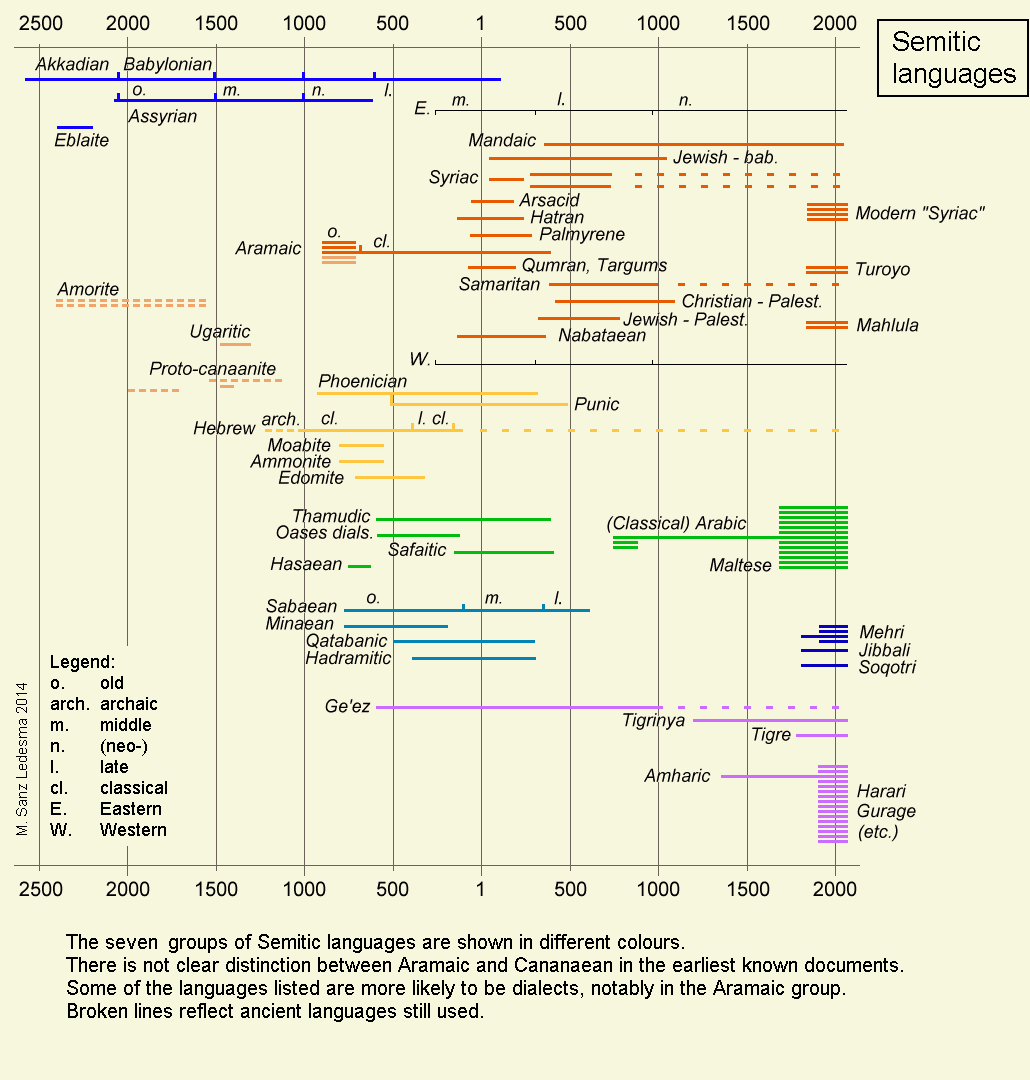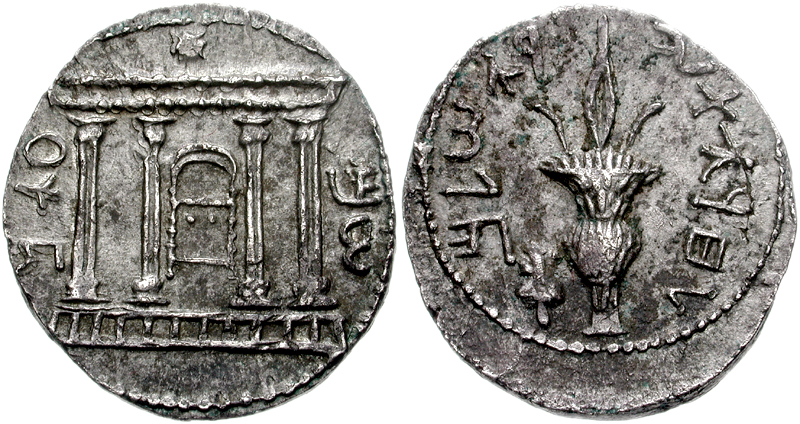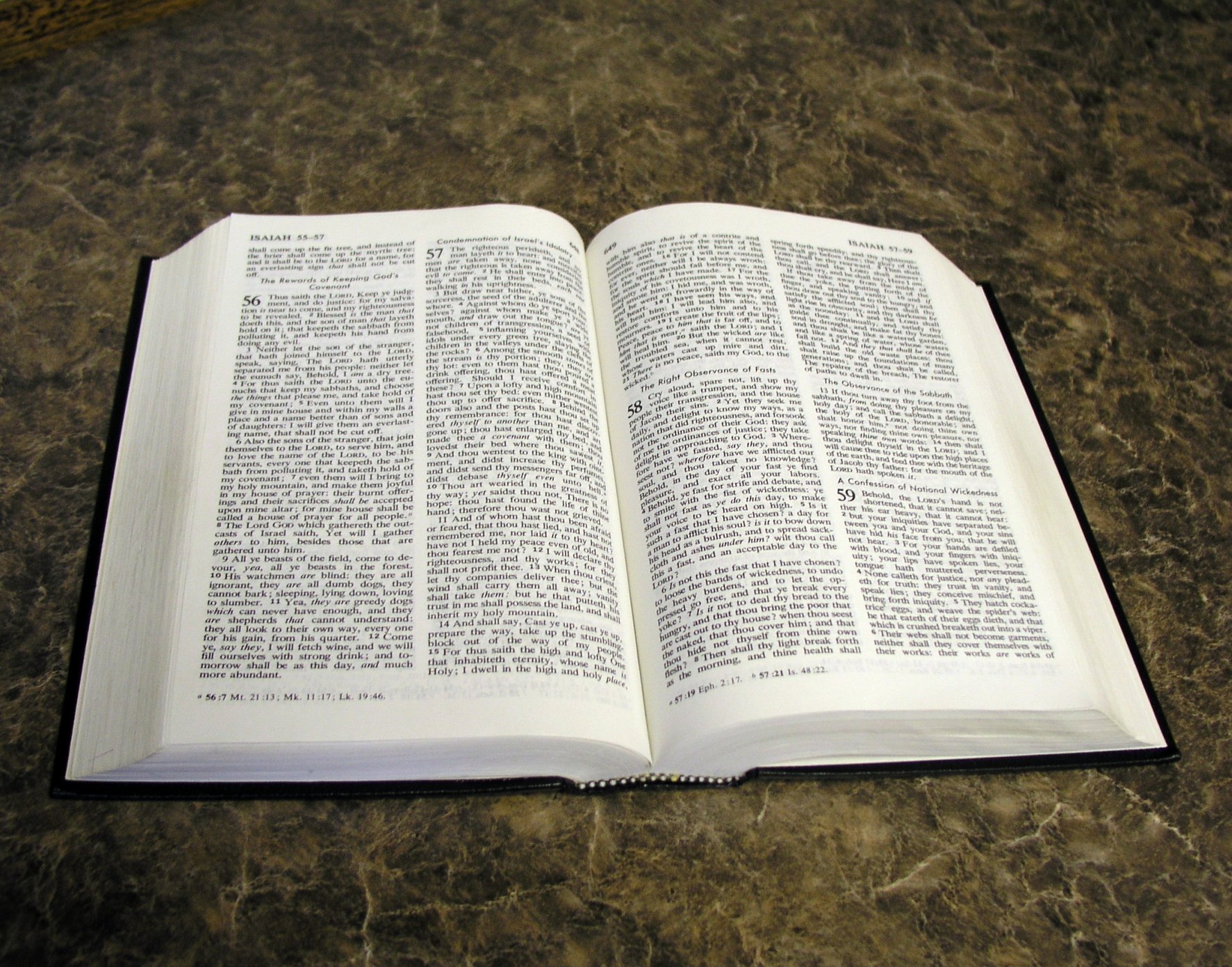|
Studium Biblicum Franciscanum
Studium Biblicum Franciscanum (SBF), Latin for 'Franciscan Biblical Studies', is a Franciscan academic society based in Jerusalem. It is a center of biblical and archaeological research and studies, established by the Franciscan Custody of the Holy Land. Organization In 1901, the Custody of the Holy Land started envisaging the creation of a biblical studies institute in Jerusalem, which led in 1924 to the establishment of the Studium Biblicum Franciscanum."About: general info" on homepage. Accessed 26 Feb 2024. /ref> The SBF is since 2001 the Faculty for Biblical Sciences and Archaeology of the [...More Info...] [...Related Items...] OR: [Wikipedia] [Google] [Baidu] |
Franciscan
The Franciscans are a group of related organizations in the Catholic Church, founded or inspired by the Italian saint Francis of Assisi. They include three independent Religious institute, religious orders for men (the Order of Friars Minor being the largest contemporary male order), an order for nuns known as the Order of Saint Clare, and the Third Order of Saint Francis, a Third Order of Saint Francis#Third Order Regular, religious and Secular Franciscan Order, secular group open to male and female members. Franciscans adhere to the teachings and spiritual disciplines of the founder and of his main associates and followers, such as Clare of Assisi, Anthony of Padua, and Elizabeth of Hungary. Several smaller Franciscan spirituality in Protestantism, Protestant Franciscan orders have been established since the late 19th century as well, particularly in the Lutheranism, Lutheran and Anglicanism, Anglican traditions. Certain Franciscan communities are ecumenism, ecumenical in nat ... [...More Info...] [...Related Items...] OR: [Wikipedia] [Google] [Baidu] |
Franciscan Printing Press
The Custody of the Holy Land (Latin: ''Custodia Terræ Sanctæ'') is a custodian priory of the Order of Friars Minor in Jerusalem, founded as the ''Province of the Holy Land'' in 1217 by Saint Francis of Assisi, who had also founded the Franciscan Order in 1209. In 1342, the Franciscans were declared by two papal bulls as the official custodians of the Holy Places in the name of the Catholic Church. The Custody headquarters are located in the Monastery of Saint Saviour, a 16th-century Franciscan monastery near the New Gate in the Old City of Jerusalem. The office can bestow—only to those entering its office—the Jerusalem Pilgrim's Cross upon deserving Catholic visitors to the city. The Franciscans trace their presence in the Holy Land to 1217. By 1229, the friars had a small house near the fifth station of the Via Dolorosa and in 1272 were permitted to settle in the Cenacle on Mount Zion. In 1309 they also settled in Bethlehem and the Holy Sepulchre along with the C ... [...More Info...] [...Related Items...] OR: [Wikipedia] [Google] [Baidu] |
Biblical Geography
The locations, lands, and nations mentioned in the Bible are not all listed here. Some locations might appear twice, each time under a different name. Only places having their own Wikipedia articles are included. See also the list of minor biblical places for locations which do not have their own Wikipedia article. A * Absalom's Monument * Achaia * Admah * Ai * Akko * Akkad – Mesopotamian state * Allammelech – within the Tribe of Asher land, described in the Book of Joshua. * Allon Bachuth * Alqosh, in the Nineveh Plains, mentiomed in the Book of Nahum * Ammon – Canaanite state * Attalia – In Asia Minor * Antioch – In Asia Minor * Arabia – (in biblical times and until the 7th century AD Arabia was confined to the Arabian Peninsula) * Aram/ Aramea – (Modern Syria) * Arbela (Erbil/Irbil) – Assyrian city * Archevite * Armenia – Indo-European kingdom of eastern Asia Minor and southern Caucasus. * Arrapkha – Assyrian city, modern Kirkuk * Ashdod * Ash ... [...More Info...] [...Related Items...] OR: [Wikipedia] [Google] [Baidu] |
Semitic Languages
The Semitic languages are a branch of the Afroasiatic languages, Afroasiatic language family. They include Arabic, Amharic, Tigrinya language, Tigrinya, Aramaic, Hebrew language, Hebrew, Maltese language, Maltese, Modern South Arabian languages and numerous other ancient and modern languages. They are spoken by more than 330 million people across much of Western Asia, West Asia, North Africa, the Horn of Africa, Malta, and in large Immigration, immigrant and Expatriate, expatriate communities in North America, Europe, and Australasia. The terminology was first used in the 1780s by members of the Göttingen school of history, who derived the name from Shem, one of the three Generations of Noah, sons of Noah in the Book of Genesis. Semitic languages List of languages by first written account, occur in written form from a very early historical date in West Asia, with East Semitic languages, East Semitic Akkadian language, Akkadian (also known as Ancient Assyrian language, Assyrian ... [...More Info...] [...Related Items...] OR: [Wikipedia] [Google] [Baidu] |
Biblical Archeology
Biblical archaeology is an academic school and a subset of Biblical studies and Levantine archaeology. Biblical archaeology studies archaeological sites from the Ancient Near East and especially the Holy Land (also known as Land of Israel and Canaan), from biblical times. Biblical archaeology emerged in the late 19th century, by British and American archaeologists, with the aim of confirming the historicity of the Bible. Between the 1920s, right after World War I, when Palestine came under British rule and the 1960s, biblical archaeology became the dominant American school of Levantine archaeology, led by figures such as William F. Albright and G. Ernest Wright. The work was mostly funded by churches and headed by theologians. From the late 1960s, biblical archaeology was influenced by processual archaeology ("New Archaeology") and faced issues that made it push aside the religious aspects of the research. This has led the American schools to shift away from biblical studies ... [...More Info...] [...Related Items...] OR: [Wikipedia] [Google] [Baidu] |
Old Testament
The Old Testament (OT) is the first division of the Christian biblical canon, which is based primarily upon the 24 books of the Hebrew Bible, or Tanakh, a collection of ancient religious Hebrew and occasionally Aramaic writings by the Israelites. The second division of Christian Bibles is the New Testament, written in Koine Greek. The Old Testament consists of many distinct books by various authors produced over a period of centuries. Christians traditionally divide the Old Testament into four sections: the first five books or Pentateuch (which corresponds to the Jewish Torah); the history books telling the history of the Israelites, from their conquest of Canaan to their defeat and exile in Babylon; the poetic and wisdom literature, which explore themes of human experience, morality, and divine justice; and the books of the biblical prophets, warning of the consequences of turning away from God. The Old Testament canon differs among Christian denominations. The Ea ... [...More Info...] [...Related Items...] OR: [Wikipedia] [Google] [Baidu] |
Biblical Hebrew
Biblical Hebrew ( or ), also called Classical Hebrew, is an archaic form of the Hebrew language, a language in the Canaanite languages, Canaanitic branch of the Semitic languages spoken by the Israelites in the area known as the Land of Israel, roughly west of the Jordan River and east of the Mediterranean Sea. The term 'Hebrew' was not used for the language in the Hebrew Bible, which was referred to as 'language of Canaan' or 'Judean', but it was used in Koine Greek and Mishnaic Hebrew texts. The Hebrew language is attested in inscriptions from about the 10th century BCE, when it was almost identical to Phoenician language, Phoenician and other Canaanite languages, and spoken Hebrew persisted through and beyond the Second Temple period, which ended in 70 CE with the siege of Jerusalem (70 CE), siege of Jerusalem. It eventually developed into Mishnaic Hebrew, which was spoken until the 5th century. The language of the Hebrew Bible reflects various stages of ... [...More Info...] [...Related Items...] OR: [Wikipedia] [Google] [Baidu] |
Coptic Language
Coptic () is a dormant language, dormant Afroasiatic languages, Afroasiatic language. It is a group of closely related Egyptian dialects, representing the most recent developments of the Ancient Egyptian language, Egyptian language, and historically spoken by the Copts, starting from the third century AD in Roman Egypt. Coptic was supplanted by Arabic as the primary Vernacular, spoken language of Egypt following the Arab conquest of Egypt and was slowly replaced over the centuries. Coptic has no native speakers today apart from a number of priests, although it remains in daily use as the Sacred language, liturgical language of the Coptic Orthodox Church and of the Coptic Catholic Church. It is written with the Coptic alphabet, a modified form of the Greek alphabet with seven additional letters borrowed from the Demotic (Egyptian), Demotic Egyptian script. The major Coptic dialects are Sahidic, Bohairic, Akhmimic, Fayyumic, Lycopolitan (Asyutic), and Oxyrhynchite. Sahidic Coptic ... [...More Info...] [...Related Items...] OR: [Wikipedia] [Google] [Baidu] |
Biblical Greek
Koine Greek (, ), also variously known as Hellenistic Greek, common Attic, the Alexandrian dialect, Biblical Greek, Septuagint Greek or New Testament Greek, was the common supra-regional form of Greek spoken and written during the Hellenistic period, the Roman Empire and the early Byzantine Empire. It evolved from the spread of Greek following the conquests of Alexander the Great in the fourth century BC, and served as the lingua franca of much of the Mediterranean region and the Middle East during the following centuries . It was based mainly on Attic and related Ionic speech forms, with various admixtures brought about through dialect levelling with other varieties. Koine Greek included styles ranging from conservative literary forms to the spoken vernaculars of the time. As the dominant language of the Byzantine Empire, it developed further into Medieval Greek, which then turned into Modern Greek. Literary Koine was the medium of much post-classical Greek literary and sc ... [...More Info...] [...Related Items...] OR: [Wikipedia] [Google] [Baidu] |
Exegesis
Exegesis ( ; from the Ancient Greek, Greek , from , "to lead out") is a critical explanation or interpretation (philosophy), interpretation of a text. The term is traditionally applied to the interpretation of Bible, Biblical works. In modern usage, exegesis can involve critical interpretations of virtually any text, including not just religious texts but also philosophy, literature, or virtually any other genre of writing. The phrase ''Biblical exegesis'' can be used to distinguish studies of the Bible from other critical textual explanations. Textual criticism investigates the history and origins of the text, but exegesis may include the study of the historical and cultural backgrounds of the author, text, and original audience. Other analyses include classification of the type of literary genres presented in the text and analysis of grammar, grammatical and syntax, syntactical features in the text itself. Usage One who practices exegesis is called an ''exegete'' (; from Greek ... [...More Info...] [...Related Items...] OR: [Wikipedia] [Google] [Baidu] |
New Testament
The New Testament (NT) is the second division of the Christian biblical canon. It discusses the teachings and person of Jesus in Christianity, Jesus, as well as events relating to Christianity in the 1st century, first-century Christianity. The New Testament's background, the first division of the Christian Bible, is called the Old Testament, which is based primarily upon the Hebrew Bible; together they are regarded as Sacred Scripture by Christians. The New Testament is a collection of 27 Christianity, Christian texts written in Koine Greek by various authors, forming the second major division of the Christian Bible. It includes four Gospel, gospels, the Acts of the Apostles, epistles attributed to Paul the Apostle, Paul and other authors, and the Book of Revelation. The Development of the New Testament canon, New Testament canon developed gradually over the first few centuries of Christianity through a complex process of debate, rejection of Heresy, heretical texts, and ... [...More Info...] [...Related Items...] OR: [Wikipedia] [Google] [Baidu] |
Bir El Qutt Inscriptions
The Bir el Qutt inscriptions ( ka, ბირ ელ ქუტის წარწერები, tr) are four Old Georgian Early Byzantine mosaics in the Middle East, Byzantine mosaic inscriptions in the ''Asomtavruli'' script. They were excavated at a Theodore Tiron, Saint Theodore Tiron Georgian Orthodox Church, Georgian Orthodox monastery in 1952 by Italian archaeologist Virgilio Canio Corbo near Bir el Qutt, in the Judaean Desert, south-east of Jerusalem and north of Bethlehem. The complex was built of reddish limestone. The excavations has also revealed a monastery which produced wine and olive oil. Georgian inscriptions were found on a mosaic floor decorated with geometrical and floral patterns. The first two inscriptions are dated AD 430, while the last two AD 532. The excavations of Bir el Qutt conditioned discovery of inscriptions where only one has survived completely while others lack parts of the mosaic that suffered significant damage. The inscriptions ''wikt:in me ... [...More Info...] [...Related Items...] OR: [Wikipedia] [Google] [Baidu] |









